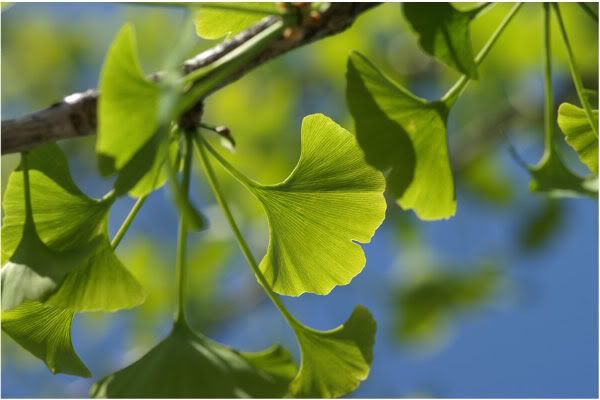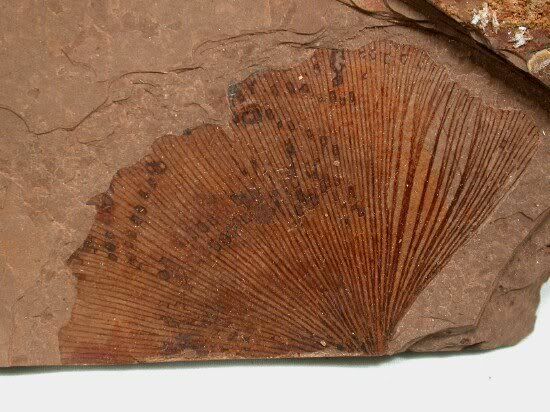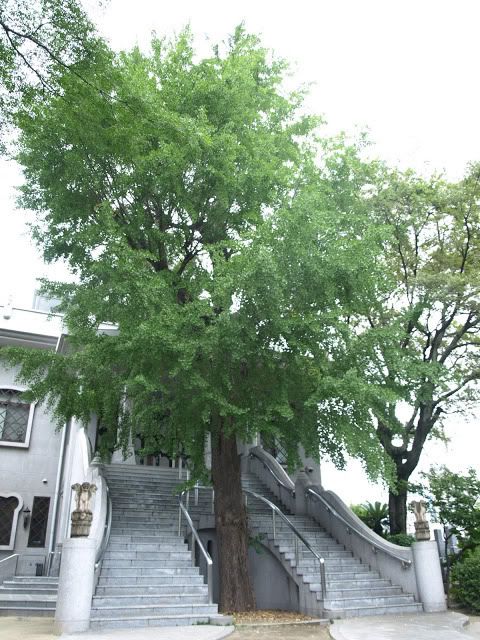 From my youth, I've been fond of the Ginkgo tree. I had a leaf collecting book that my parents got at a Scholastic book fair event. There were different pages for different kinds of leaves. But the fan shaped Ginkgo leaf always seemed special to me. Little did I know at that time just how special they were.
From my youth, I've been fond of the Ginkgo tree. I had a leaf collecting book that my parents got at a Scholastic book fair event. There were different pages for different kinds of leaves. But the fan shaped Ginkgo leaf always seemed special to me. Little did I know at that time just how special they were.The Ginkgo Biloba is a survivor. The species has survived the test of time and amazing traumas. It is the sole surviving species of a once diverse order. The Gingko dates back to 270 million years ago. To put that into perspective, the dinosaurs arrived on the scene about 213 million years ago. 66 million years ago, a worldwide cataclysm killed off the dinosaurs. But the Ginkgo... it survived.
 |
| Older than the dinosaurs. |
wild, they were tended and cared for within the walls of Asian shrines.
Slowly, it was recognized that they are very pollution resistant, and urban planners began planting them fairly regularly. But even in the city, a testament of the Ginkgo Biloba's tenacity occurred in Hiroshima, Japan. On August 6th, 1954 the United States dropped an atomic bomb on the Japanese city. Just one month after the blast, a Ginkgo just 1.1km from the epicenter of the blast was found to be budding. While the temple around it was destroyed, the Ginkgo survived and is still standing to this day.
 |
| Not bad for a tree that got nuked. |
The Ginkgo's endangered status adds to the proud fact that I have five examples of my own. One is a bonsai that I purchased, but the other four are ones I started from seeds three years ago. In time, I will plant them and will hopefully be helping this once widespread species rise again. Evolution crafted an amazing and tough specimen in the Ginkgo. But as evolution by way of natural selection does, it selects for those with the competitive advantage. With the dinosaurs gone, it falls on us to preserve this ancient and beautiful species.
-Brain Hulk
Please share, subscribe, comment and follow us on your favorite social networking sites!
facebook | google+ | twitter

No comments:
Post a Comment